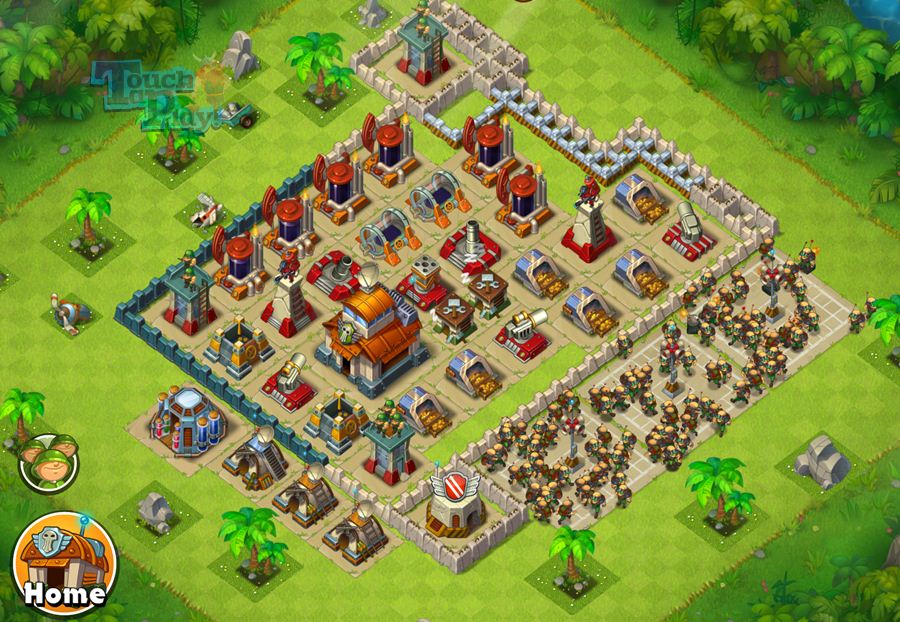

When you’re not beefing up your defenses, you’re able to assemble an army consisting of dozens of troops among a handful of classes. This approach has found financial success, but playing the waiting game has never been fun, and this is no exception. If a structure takes two hours to build or repair, you have to either wait two hours or pay diamonds (the premium currency) to finish. Like other games, everything in Jungle Heat is done on real time.

However, suffering other major damage can be just as devastating.

If they manage to destroy the command center, the battle is theirs. When you’re not under the veil of protection, your base is constantly available for other players to just wander in and strike. One of the major objectives in Jungle Heat is to build a base that can mine a ton of resources (gold and oil), as well as protect the command center from enemy attack. This approach isn’t necessarily wrong, but it can cause a bit too much of a learning curve for some individuals. Players are expected to learn as they go. The game has an achievement list that can help track progress a bit, but there’s little guidance for players new to the genre. After a brief tutorial of the game’s core functions, you’ll be left to learn the rest as you go. The gameplay successfully combines strategy with city building and generally presents the best of both worlds. Players who are familiar with titles such as Supercell’s Clash of Clans, KIXEYE’s Backyard Monster s, or Kabam’s Edgeworld will immediately know what to expect from Jungle Heat. While it will likely be lost amongst more prolific strategy titles, Jungle Heat makes for one of the genre’s most accessible entry points for Android gamers. That said, its lack of originality doesn’t make it a bad game. Outside of the jungle theme, it’s hard to find any way that it stands out among the competition. I’m going to come right out and say it: My.com’s Jungle Heat offers almost nothing that makes it a fresh or original experience. Welcome to the oh-so-familiar-looking jungle


 0 kommentar(er)
0 kommentar(er)
